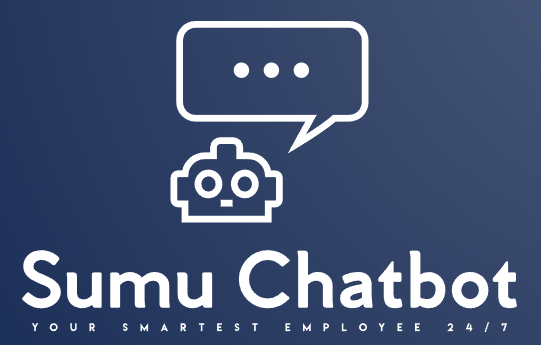Benefits of Using a Chatbot vs. Live Agents
Explore the transformative benefits of chatbots over traditional customer service methods, ensuring your business stays ahead of the curve.
24/7 Availability
- Chatbots never sleep — they provide instant responses at any hour.
- No annual leave or time off for breaks.
- Ideal for global audiences and high-traffic times when staff aren’t available.
Cost Savings
- Reduces the need for large customer service teams.
- One chatbot can handle thousands of simultaneous conversations — something humans can’t.
- Eliminates costs tied to recruitment, training, salaries, and turnover.
Instant Responses
- Customers get answers in seconds, improving satisfaction and reducing frustration.
- Chatbots can handle routine queries while escalating complex issues to human agents — the best of both worlds.
Scalability
- Handles spikes in demand automatically — for example, product launches, sales, or peak seasons.
- No need to hire or manage temporary staff.
Consistency and Accuracy
- Chatbots always deliver the same correct, compliant message.
- Prevents errors, misinformation, or variation in tone.
Lead Generation and Conversion
- Chatbots can qualify leads automatically, guide users through product options, and book calls or demos.
- Integrate easily with CRM or sales tools.
Data & Insights
- Every interaction is logged, so you gain rich analytics on customer questions, pain points, and behaviour.
- Helps improve services and marketing strategies.
Integration with Business Systems
- Modern AI chatbots can integrate with calendars, CRMs, order tracking systems, and FAQs to give contextual answers.
Multilingual & Multichannel
- Instantly support users in multiple languages and platforms (website, WhatsApp, Messenger, etc.
- Our Sumu Chatbot integrates with WhatsApp and FB Messenger, and can take call back requests.
How Chatbots Work and Implementation Steps
Step 1
Understanding Chatbot Functionality
Chatbots use AI algorithms to interpret user queries and provide accurate, context-aware responses, simulating human-like interactions.
Step 2
Implementing a Chatbot
Begin by identifying key customer interaction points, then integrate the chatbot with your existing systems for seamless operation.
Step 3
Optimising for Efficiency
Continuously analyze chatbot interactions to refine responses and improve performance, ensuring optimal customer satisfaction and operational efficiency.
